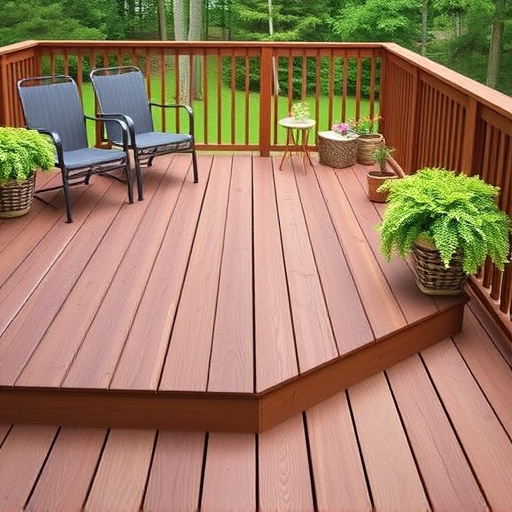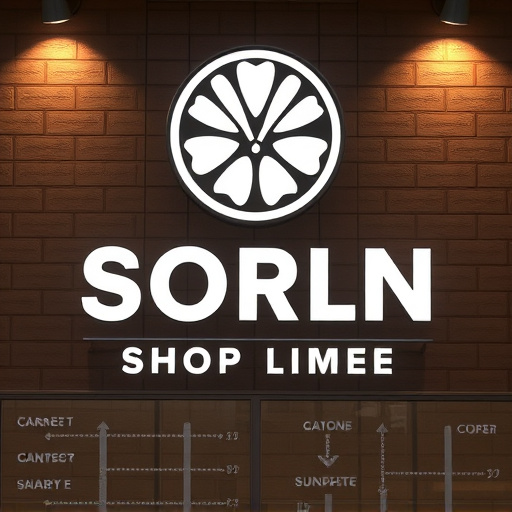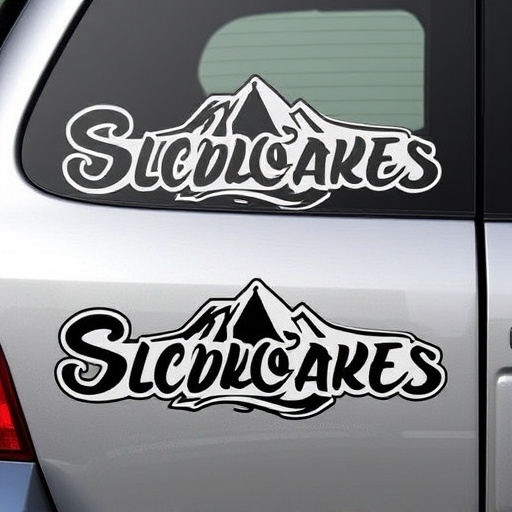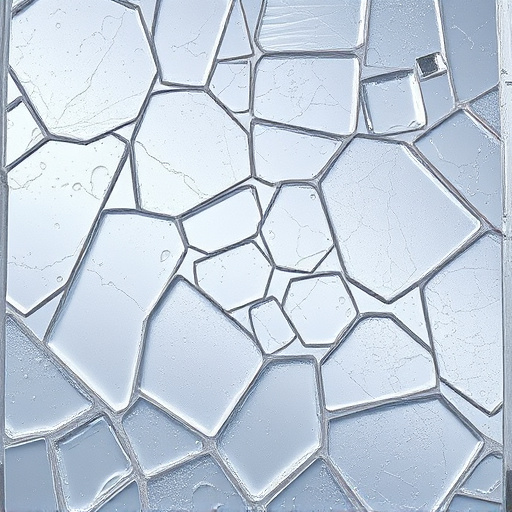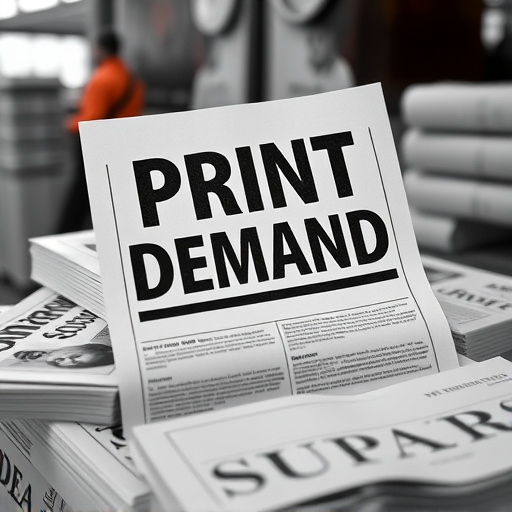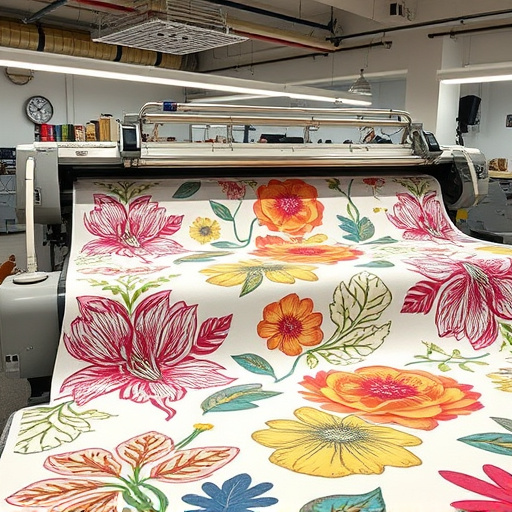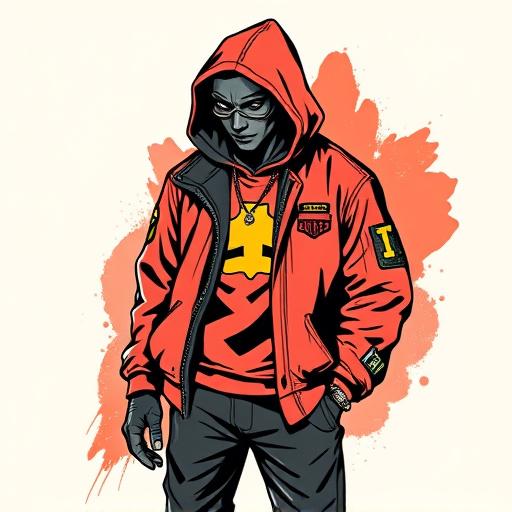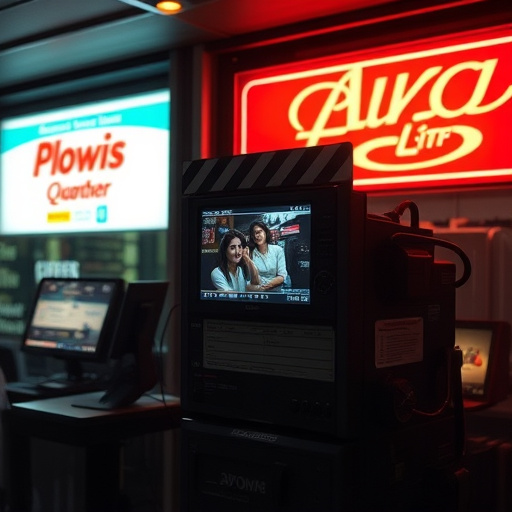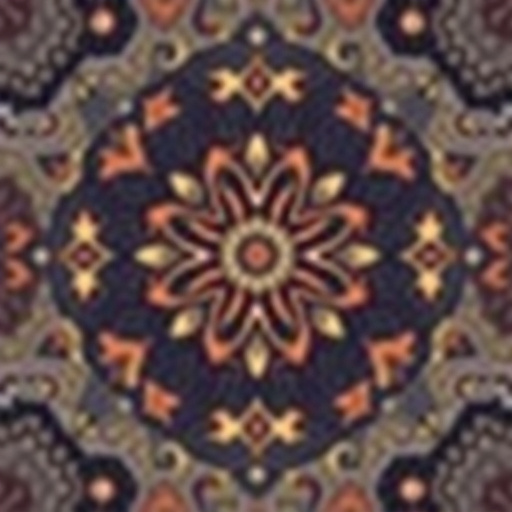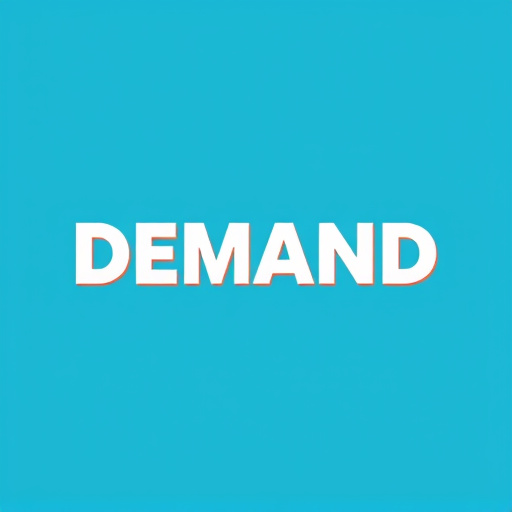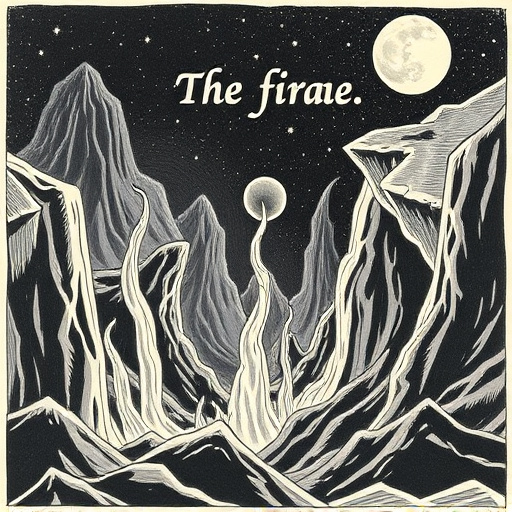DTF (Direct to Fabric) Cost Effective revolutionizes apparel design by offering budget-friendly, high-quality printing for startups and established brands. This method eliminates setup costs, enables precise vibrant results, and fosters creative experimentation, making it ideal for short-run pieces and swiftly adapting to market trends. DTF's efficiency and affordability transform custom garment production, making high-quality fashion more accessible.
In today’s competitive apparel industry, understanding DTF (Direct-to-Final) cost-effective methods is crucial. This innovative approach revolutionizes traditional production by eliminating intermediate steps, significantly reducing costs and time. This article delves into the world of DTF cost-effective in apparel design, exploring its benefits, diverse applications within the modern fashion landscape, and strategic tips for maximizing efficiency while minimizing expenses.
- Understanding DTF Cost Effective for Apparel Design
- Benefits and Applications in Modern Fashion Industry
- Strategies for Maximizing Efficiency and Cutting Costs
Understanding DTF Cost Effective for Apparel Design
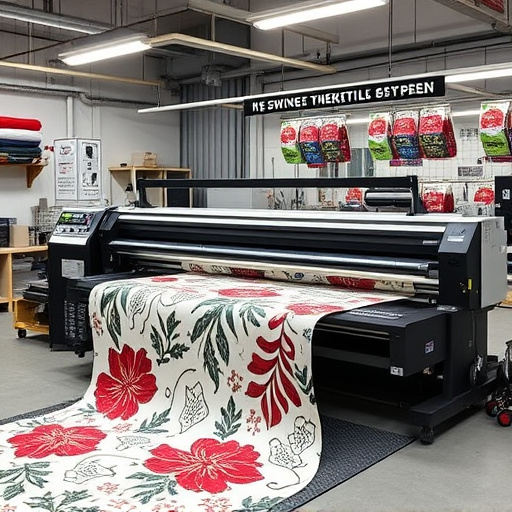
Understanding DTF Cost Effective for Apparel Design
In the realm of apparel design, DTF (Direct to Fabric) Cost Effective has emerged as a game-changer. This innovative technique allows designers and manufacturers to achieve high-quality printing on various garments at a fraction of the traditional costs. By eliminating the need for elaborate set-up processes and expensive machinery, DTF printing for t-shirts becomes an accessible option for both small-scale startups and established brands. The process involves using custom sheets for heat pressing designs onto garments, ensuring precise and vibrant results that rival more conventional methods.
This cost-effective approach not only streamlines production but also opens up a world of creative possibilities. Designers can experiment with diverse print styles, from subtle monograms to bold graphics, without incurring the usual overhead. Moreover, DTF printing is particularly well-suited for short-run or limited edition pieces, allowing apparel brands to quickly adapt to market trends and customer preferences. With its efficiency and affordability, DTF Cost Effective is revolutionizing how we approach custom garments, making high-quality fashion accessible to a wider audience.
Benefits and Applications in Modern Fashion Industry
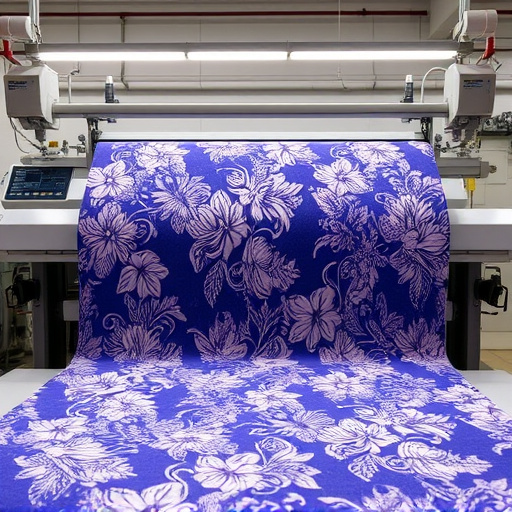
The Digital Transfer Film (DTF) method has revolutionized the apparel design industry by offering a cost-effective solution for custom graphic tees and other clothing items. Its primary benefit lies in streamlining the printing process, eliminating the need for expensive set-up costs often associated with traditional screen printing. DTF is particularly versatile, allowing designers to effortlessly create detailed and vibrant graphics on a variety of fabric types. This makes it an attractive option for small businesses and individual artists looking to bring their unique designs to market without breaking the bank.
In the modern fashion industry, DTF for custom graphic tees has found extensive applications. It enables quick turnaround times, allowing designers to promptly respond to changing trends and customer demands. Moreover, DTF transfers offer superior quality, ensuring that intricate designs are accurately replicated on garments. The best DTF printer models currently available in the market deliver precise colors and sharp details, making them ideal for creating eye-catching apparel. This technology fosters innovation by giving designers the freedom to explore diverse artistic expressions while maintaining cost-efficiency.
Strategies for Maximizing Efficiency and Cutting Costs
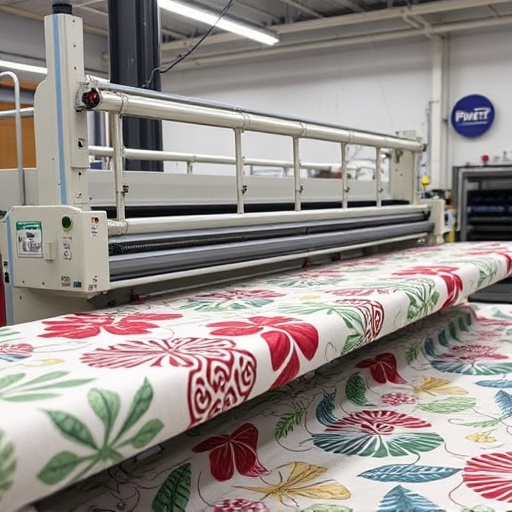
In the apparel design industry, maximizing efficiency and reducing costs is paramount to staying competitive. One effective strategy is adopting DTF (Direct-to-Fabric) printing as a cost-effective method for customizing garments. By utilizing DTF printers and custom sheets for heat pressing designs, manufacturers can streamline their production processes significantly. This technology allows for precise, high-quality prints directly onto fabric, eliminating the need for intermediate steps and costly inventory.
Furthermore, optimizing production layouts and minimizing waste are crucial tactics to enhance efficiency. Apparel designers can achieve this by carefully planning garment cuts and utilizing advanced cutting techniques. Embracing DTF for apparel also encourages batch production, where custom designs are created in smaller runs, catering to diverse consumer preferences without incurring large-scale manufacturing overheads. Such strategic approaches not only cut costs but also enable faster turnaround times, meeting the demands of today’s fast-paced fashion market.
The adoption of DTF (Direct to Fabric) printing as a cost-effective approach in apparel design has reshaped the modern fashion industry. By streamlining production processes, reducing material waste, and enabling on-demand customization, DTF offers significant advantages over traditional methods. Through strategic implementation, designers can maximize efficiency, lower operational costs, and meet the evolving demands of consumers for unique, personalized garments. Embracing DTF cost-effective practices is not just a trend but a necessary step towards a more sustainable and agile fashion ecosystem.


